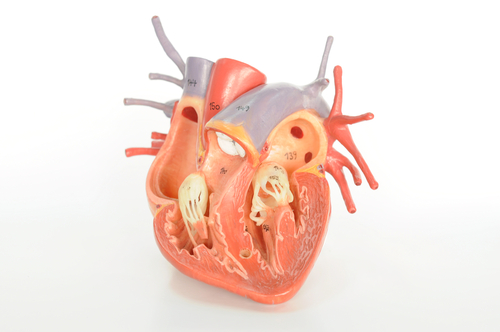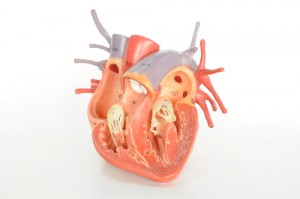New Clues From Heart Imaging Give Researchers Insight Into PH

 A team of researchers from the Imperial College London, UK, has preformed a three-dimensional speckle tracking (3D-ST) study and found that patients who have pulmonary hypertension (PH) are found to suffer from reduced right ventricular (RV) strain and notably more dyssynchronous ventricles compared to healthy individuals.
A team of researchers from the Imperial College London, UK, has preformed a three-dimensional speckle tracking (3D-ST) study and found that patients who have pulmonary hypertension (PH) are found to suffer from reduced right ventricular (RV) strain and notably more dyssynchronous ventricles compared to healthy individuals.
3D-ST is an imaging technique that analyzes the motion of tissues in the heart by using ultrasonic sound waves to generate interference patterns and natural acoustic reflections, this way obtaining quantitative and qualitative information regarding tissue deformation and motion.
The study entitled “Three-Dimensional Speckle Tracking of the Right Ventricle: Toward Optimal Quantification of Right Ventricular Dysfunction in Pulmonary Hypertension” and published in the Journal of the American College of Cardiology, used 3D-ST technology to measure and analyze the RV free wall of 97 patients who have PHT-60 with pulmonary arterial hypertension, as well as 31 who have chronic thromboembolic PH, and 6 who have PH secondary to left heart disease — compared to 60 volunteers who were healthy, to be used as control subjects.
[adrotate group=”4″]
The study revealed that area strain (AS), radial strain (RS), longitudinal strain (LS) and circumferential strain (CS) were observed to be significantly lower in the studied PH patients as compared to the healthy control participants, contrasting with the systolic dyssynchrony index (SDI), which was significantly higher. Furthermore, even though all strain vectors and dyssynchrony index had strong correlations with right ventricular ejection fraction (RVEF), area strain was the one with a particularly strong RVEF and mortality association, making it an important additional measurement to assess RV systolic function.
Through elaborate statistical analysis, the researchers determined that 24-month mortality was best predicted at cut-offs of -24.7%, -9.9%, -16.1% and 30.3% for AS, CS, LS and RVEF, respectively, since above these cut-offs, patients that exhibited high AS, CS or LS were 3.5 to 7.6 times more likely to die than those with lower values. Furthermore, patients that showed a RVEF below the cut-off were 2.4 times more likely to die that those with a higher RVEF.
[adrotate group=”3″]
Additionally, if heart physiological characteristics were added to variants such as age and gender, the only independent predictors of mortality seemed to be age and area strain.
Although 3D-ST can help assign patients suffering from pulmonary hypertension to different risk categories, this proprietary system is designed to evaluate the left ventricle. As such, the development of software specifically designed to assess the RV could significantly improve the diagnostic capacity of this valuable technique.







